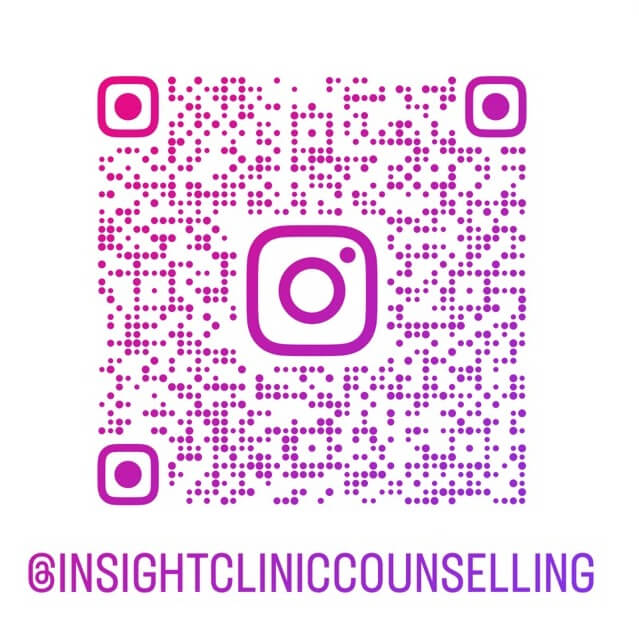Posted on July 29, 2023 by Insight Clinic
What is Domestic Violence?
Domestic violence is a violent, abusive [psychological, physical, sexual, financial or emotional] or intimidating behaviour in a relationship. It can happen to anyone in any relationships such as, heterosexual or same sex relationships. The behaviour also occurs within all ages or ethnic backgrounds.
Signs of Domestic Violence:
The abuser uses guilt, fear, shame and intimidation to maintain and gain power and control over the victim. Some examples of an abusive relationship are:
- You avoid talking about certain topics in fear of angering the abuser.
- They constantly attack your opinion, appearance, or mental health either publicly or privately.
- They distance you from your family and friends.
- They blame you for their own abuse behaviours.
- You feel embarrassed for your friends and family to see how they treat you.
- They humiliate you in public or privately.
- They deliberately destroy things that you value.
- They threaten to commit suicide if you leave.
- They hurt you or threaten to kill you.
- They control where you go and constantly check on you all the time.
What is the Impact of Domestic Violence?
Impact of this trauma can vary from person to person depending on the victims age, their response to stress, the severity and frequency of the abuse. If you continue to stay in an abusive relationship or situation, you will have difficulty in recovering from that trauma once you do leave.
However, healing from this trauma takes times in which acute trauma response will be present during the healing stage.
Acute Trauma:
Acute trauma response occurs immediately after or a few days after leaving the abusive relationship. It is your body’s natural way of responding to trauma and shows that your body is recovering.
An example of this response can be getting startled when the phone or doorbell rings. However, to heal from the trauma caused by domestic violence, do not avoid responding to the phone or opening the door. As this reinforces the phone and doorbelling ringing as a threat thus making it harder for you to recover.
Other examples are getting flashbacks of the abuse, insomnia, numbness or fear of going out
After six months of surviving domestic violence and your symptoms such as flashbacks, insomnia or numbness are still persistent, you can likely develop Post-Traumatic Stress Disorder.
Post-Traumatic Stress Disorder (PTSD):
PTSD is a mental and behavioural disorder that can develop in individuals who have experienced or witnessed traumatic events.
Some symptoms include intrusive memories, avoidance, alteration in thinking and mood, changes in physical and emotional reactions.
On our website, we have more information about PTSD including symptoms and treatments. *
Treatments:
When treating victims of domestic violence we use Cognitive Behavioural Therapy, Trauma Infused Psychotherapy and Imaginal Exposure Therapy.
Cognitive Behavioural Therapy:
Cognitive behavioural therapy, also known as CBT is a form of psychological treatment that involves changing a persons thinking patterns. A negative thinking pattern could be the victim blaming themselves for being abused. CBT also involves learning to be confident in their own abilities and facing fears to prevent avoiding of fear stimulus such as doorbell ringing.
Trauma Infused Psychotherapy:
Trauma infused psychotherapy is used to recognise and address the emotional, cognitional, physical, and behavioural impacts of the trauma on the victim.
It includes psycho education where we address what is happening to you and why. As well as provide you with strategies and skills to assist with processing and coping emotions and memories that are associated with the abuse.
Imaginal Exposure Therapy:
Imaginal exposure therapy is a psychological treatment used to help people face and confront their fears that they actively avoid.
The therapy involves the individual vividly imagination stimulus they fear and avoid such as objects, activities or situations in order to reduce their need to avoid that stimulus thus reducing the feeling of fear.




